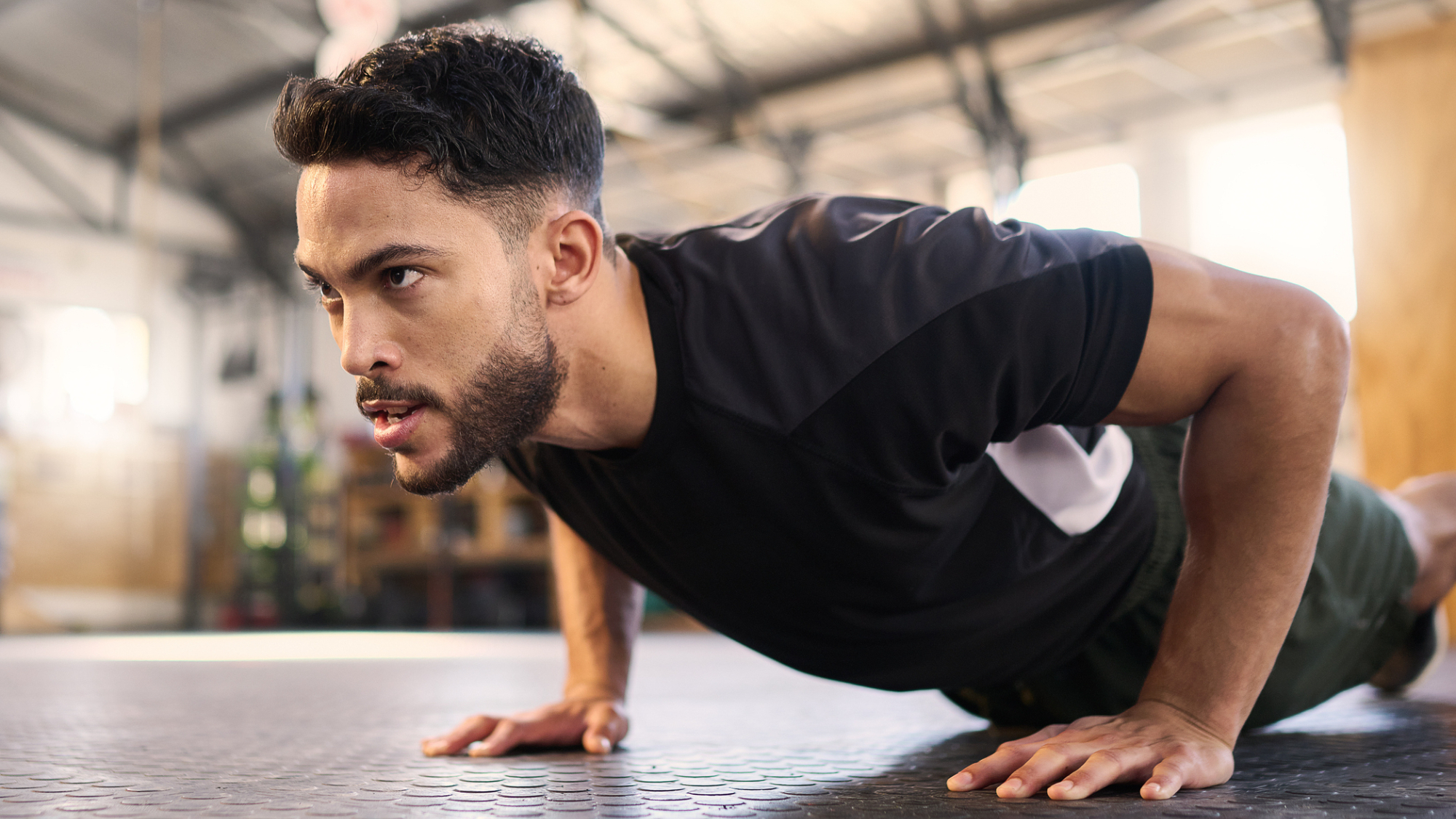Forget push-ups—try this trainer’s bodyweight alternative to develop your strength and mobility
The beast push-up can help you build functional strength and protect yourself from injury, whatever your fitness level


Push-ups are great, but you might be sick of the sight of them if you train at home. Why? Because they crop up time and time again in equipment-free workouts.
If you want an alternative variation to spice up your next session, iFit trainer Hannah Eden recommends the beast push-up.
This animal-inspired move isn’t as ferocious as it sounds, but it does deliver extra benefits compared to your average push-up.
It recruits more muscles and works your joints through a wider range of motion, resulting in more muscle activation, improved mobility, and extra functional strength gains.
How to do the beast push-up
Eden shares three of her favorite variations of the beast push-up, with each one tailored to a different fitness level; beginner, intermediate and advanced. She demonstrates each of them in the video above, so pick the one that’s right for you then give it a go.
Beginner
- Start on all fours in a tabletop position with your weight spread evenly between your hands and toes. Your arms and thighs should be vertical, with your hands directly beneath your shoulders and your knees directly beneath your hips. Hover your knees an inch above the floor.
- Walk your hands forward until you reach a high plank position, then drop your knees to the floor.
- Keeping your core tight and your body and legs forming a straight line, perform a knee push-up. Keep your elbows close to your sides and pointing behind you throughout.
- After completing the knee push-up, lift your knees back off the floor and walk yourself back to tabletop position.
Intermediate
Start your week with achievable workout ideas, health tips and wellbeing advice in your inbox.
- Start in a tabletop position.
- Walk your hands forward until you reach a high plank position.
- Perform a push-up, then walk your hands back to tabletop position.
Advanced
- Start in a tabletop position.
- Spring from here into a high plank, with your hands leaving the floor between the two moves, then perform a push-up
- Walk yourself back to tabletop position and repeat.
- For an extra challenge, start every repetition in child's pose rather than tabletop position, as demonstrated in the video below.
Benefits of the beast push-up
Eden says this exercise is an excellent choice for anyone trying to build functional strength at home.
"At our gym we only have the basics, so training with minimal equipment is what we specialize in," she explains.
"This is an example of animal flow—using animalistic movements in your training. It’s a great way of strengthening your bodyweight to strength ratio, improving your mobility and strengthening your end ranges [of motion]."
The prime movers in a regular push-up are the muscles in your chest, the front of your shoulders and your triceps—the muscles running down the back of your upper arm. These are used to support movement in your elbow and shoulder joints.
The beast push-up builds strength in the shoulders through a wider range of motion, while also involving the hips, knees and ankles. By adding these joints into the equation, you’re developing resilience in the surrounding tissues and recruiting more muscles to build comprehensive strength and mobility.
"If I were to explain a beast push-up, it’s almost like going from a child’s pose [or tabletop position] into a push-up," says Eden.
"You just keep moving back and forth, so you’re not just working on your chest and triceps as you would with a push-up, but you’re also working on mobility, range of motion and really becoming aware of your body."

Harry Bullmore is a Fitness Writer for Fit&Well and its sister site Coach, covering accessible home workouts, strength training session, and yoga routines. He joined the team from Hearst, where he reviewed products for Men's Health, Women's Health, and Runner's World. He is passionate about the physical and mental benefits of exercise, and splits his time between weightlifting, CrossFit, and gymnastics, which he does to build strength, boost his wellbeing, and have fun.
Harry is a NCTJ-qualified journalist, and has written for Vice, Learning Disability Today, and The Argus, where he was a crime, politics, and sports reporter for several UK regional and national newspapers.

